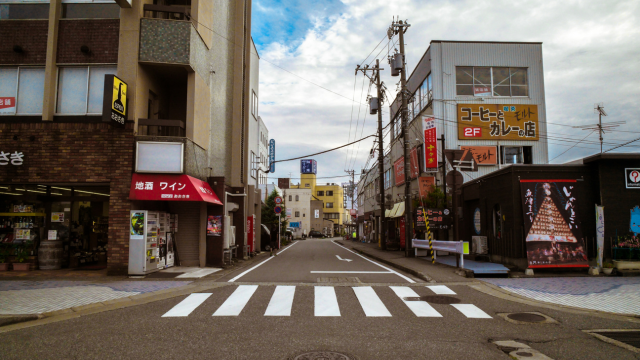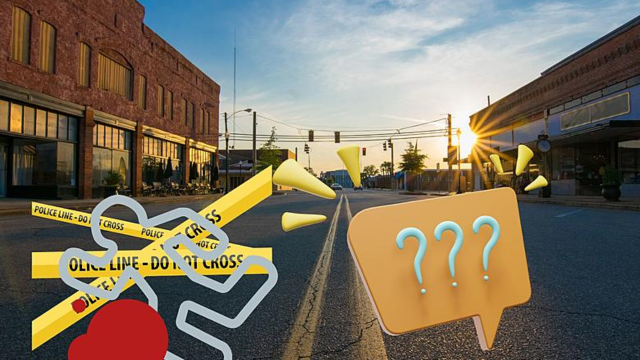California is well known for its thriving cities, varied population, and stunning scenery. But not every metropolitan neighbourhood is thriving; some are almost abandoned. What leads to these ghost towns, and what does this mean for the future of California?
The Boomtown Ebb and Flow
California’s cyclical economic activity frequently leads to empty cities. Many were founded during times of rapid expansion, including the housing bubble, railway expansion, oil boom, or Gold Rush. Thousands came to these towns in search of wealth, a sense of belonging, or a better life.
These cities lost their allure as resources dried up, markets collapsed, industry sank, or environmental conditions deteriorated. Deteriorating neighbourhoods, abandoned infrastructure, and empty buildings were left behind as residents looked for new possibilities.
These boomtowns include, for example:
- Bodie: After gold mines collapsed in the early 20th century, this once-thriving mining town with nearly 10,000 residents turned into a ghost town. The village is now preserved in a state of “arrested decay” as a state historic park.
- Salton City: Originally intended to be a resort community on the Salton Sea, Salton City was abandoned because of the lake’s toxicity, salinity, and pollution. Only a few hundred people live there now, and it is encircled by deserted lots, broken roads, and dilapidated structures.
- Llano del Rio was established in 1914 as a socialist paradise with the goal of creating an independent, equitable society. Due to internal strife, legal issues, and a lack of water, the colony failed and moved to Louisiana in 1917, leaving behind ruins and a plaque.
Natural Disasters’ Effects
California’s deserted cities are a result of natural catastrophes like landslides, fires, floods, and earthquakes. These occurrences have the potential to seriously harm the environment, infrastructure, and lives of locals. People may move because recovery is expensive, time-consuming, or dangerous.
Cities impacted by calamities include, for example:
- San Francisco: Although not deserted, the city has seen a considerable decline in population as a result of large earthquakes, most notably the disastrous one that struck in 1906. Thousands of people were murdered, a quarter of a million people were homeless, and much of the city was damaged by this earthquake. The population dropped by 25% in the ensuing ten years as a result of the large number of people who never came back.
- Dunsmuir: Before a train wreck in 1991 released hazardous chemicals into the Sacramento River, Dunsmuir was a bustling railway hub and popular tourist attraction. Many businesses and residents left the town as a result of the decline in its economy and reputation.
- Paradise: The 2018 Camp Fire nearly destroyed Paradise, destroying over 18,000 buildings and taking roughly 85 lives. Most of them relocated elsewhere, but some have come back to rebuild.
Urban Planning’s Difficulties
Inadequate urban planning causes gentrification, segregation, sprawl, and overdevelopment, all of which lead to California’s vacant cities. These dynamics make cities less livable and appealing by causing social and spatial inequality, environmental damage, and cultural decay.
Cities with inadequate planning include:
- San Francisco: California’s fifth-largest city, Fresno, struggles with segregation, pollution, and poverty. Low-density, car-dependent, homogeneous neighbourhoods are the result of urban sprawl. Many have moved to the suburbs or other areas because to high rates of homelessness, crime, unemployment, and health issues.
- Dunsmuir: Due to decades of unplanned and unsustainable development, Los Angeles, the second-largest city in the United States, is notorious for its traffic, high cost, and inequality. Many people choose to leave the city due to persistent issues with housing affordability, homelessness, racial tension, and social polarisation.
- San Bernardino: Once a thriving hub for business and industry, San Bernardino has been hit hard by rising crime, government insolvency, housing issues, and manufacturing job losses. Since 2000, the city’s population has decreased by more than 10%, leaving neighbourhoods empty and in poor condition.
The Prospects for Deserted Cities
California’s empty cities are a problem now and in the future, not merely a relic from the past. They draw attention to social, economic, and environmental concerns while posing queries regarding resilience, sustainability, and the diversity of urban growth. What are some ideas for repurposing, reimagining, or revitalising these cities? In what ways might they be included into regional and international networks of government, culture, and innovation? In order to save more cities from being empty in the future, answers to these questions are essential.
At blueandgoldnlr.com, the Blue & Gold NLR Team is a committed writer who offers current and perceptive news coverage. The Blue & Gold NLR Team contributes a depth of knowledge and experience to the team, driven by a desire to find the truth and a dedication to provide factual information. His writing guarantees that readers remain up to date on the most recent occurrences and advancements.
Why Nobody Lives in These Empty Cities in California.


 by
by 



